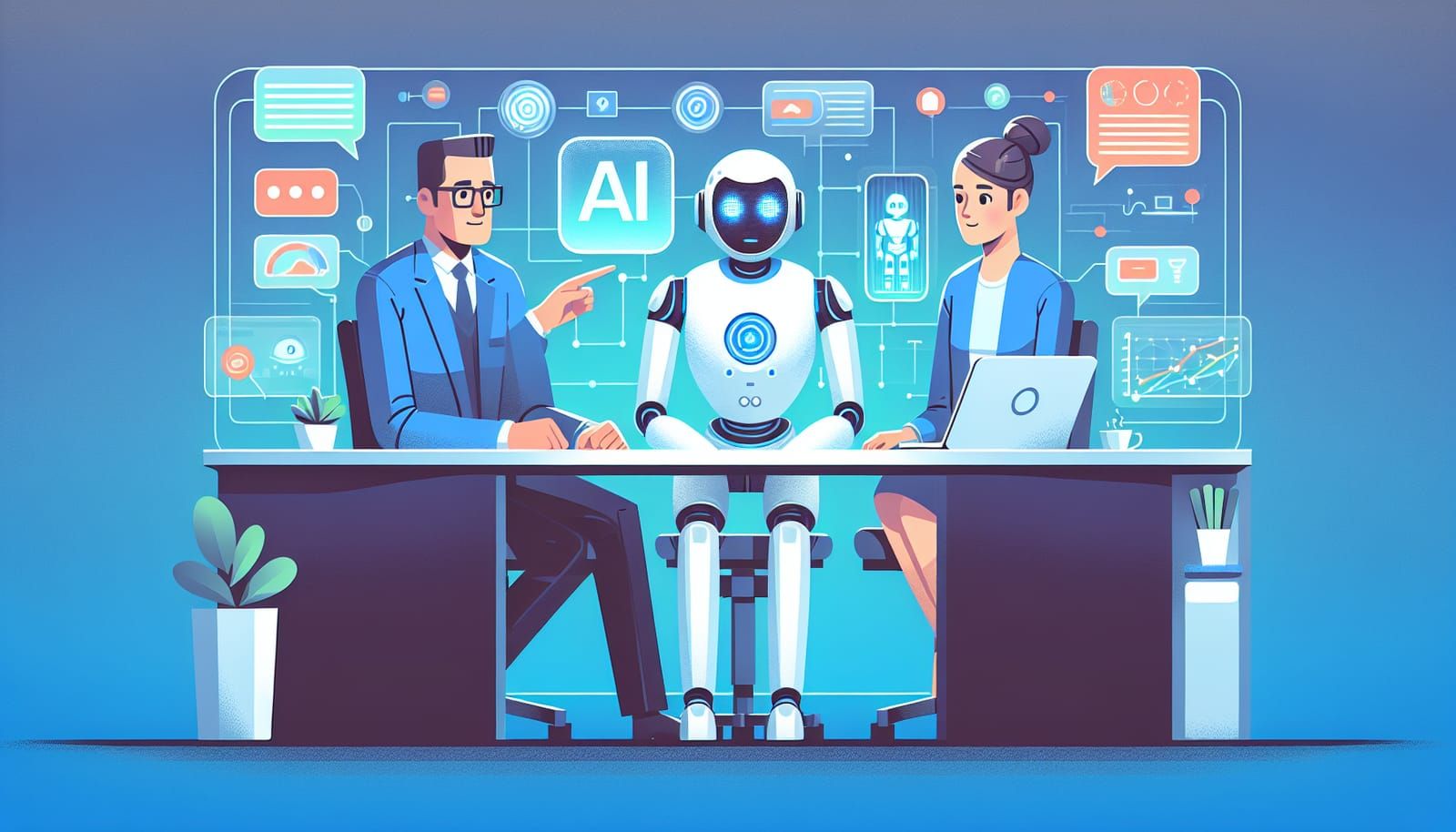Artificial Intelligence (AI) is a fascinating field that is rapidly changing the world around us. From chatbots to self-driving cars, AI has the potential to make our lives easier and more efficient. However, it’s important to understand that AI isn't perfect and can sometimes be untrustworthy. In this article, we’ll explore why that is, and discuss some exciting ways we can improve AI to make it a better tool for everyone.
Understanding AI: What Is It?
Before diving into the reasons AI might not be trustworthy, let’s quickly break down what AI actually is. AI refers to computer systems designed to perform tasks that usually require human intelligence. This includes things like understanding language, recognizing images, and making decisions.
Imagine teaching a child to recognize different animals. You show them pictures of cats, dogs, and birds, and they learn to identify these animals through repeated exposure. Similarly, AI learns by analyzing large amounts of data and finding patterns. This process is called machine learning, and it’s the backbone of most AI applications today.
Why AI Can’t Always Be Trusted
While AI has many incredible capabilities, there are several reasons why it might not always be trustworthy. Here are a few key points to consider:
1. Data Bias
One of the biggest issues with AI is that it learns from the data it’s trained on. If that data is biased or unbalanced, the AI can produce biased results. For instance, if an AI system is trained primarily on images of light-skinned people, it may not recognize darker skin tones as accurately. This can lead to unfair treatment, especially in sensitive areas like hiring or law enforcement.
2. Lack of Understanding
AI systems don’t truly understand the world like humans do. They can process data and recognize patterns, but they don’t have feelings, morals, or common sense. This means that they might make decisions that seem logical based on data but are ethically questionable. For example, an AI designed to maximize profits might suggest cutting costs in ways that harm employees.
3. Overconfidence
AI can also be overly confident in its predictions. Sometimes, it may provide answers or make decisions with a level of certainty that isn’t warranted. This is particularly dangerous in high-stakes situations, such as in healthcare or autonomous driving, where a mistake could have serious consequences.
Making AI Better: What Can We Do?
Now that we understand why AI can’t always be trusted, let’s look at how we can improve it. Here are some strategies that researchers and developers are exploring:
1. Diverse Datasets
One of the most effective ways to reduce bias in AI is to use diverse datasets during training. This means including data from a wide range of sources, representing different demographics, cultures, and experiences. By ensuring that AI systems learn from a comprehensive set of information, we can help them make fairer and more accurate decisions.
2. Human Oversight
Another way to enhance the reliability of AI is to ensure that there is always human oversight. AI systems should be seen as tools to assist humans, rather than replacements. For instance, in medical diagnostics, AI can help doctors analyze patient data, but the final decision should always involve a human professional who can consider the nuances of each case.
3. Transparency and Explainability
Making AI systems more transparent is crucial. This means that developers should be able to explain how their AI works and why it makes certain decisions. By providing clear explanations, users can better understand the reasoning behind the AI’s actions, leading to greater trust. For example, if an AI suggests a loan approval, it should clearly outline the factors that contributed to that decision.
The Future of AI: A Collaborative Effort
As we look to the future, it’s important to remember that improving AI will require a collaborative effort. Researchers, developers, policymakers, and the general public all have a role to play in shaping AI in a way that benefits everyone. Here are a few ways we can work together:
1. Open Dialogue
Fostering an open dialogue about AI is essential. This includes discussing both the potential benefits and the risks. By having conversations about how AI is being used and the implications of its decisions, we can create a more informed public that can advocate for responsible AI development.
2. Education and Awareness
Teaching people about AI, how it works, and its limitations will empower individuals to make informed choices. Schools and organizations can incorporate AI education into their curriculums, ensuring that future generations understand not only how to use AI but also how to question and challenge it.
3. Ethical Guidelines
Establishing ethical guidelines for AI development and deployment is crucial. These guidelines can help ensure that AI is used responsibly and humanely. Organizations and governments should collaborate to create frameworks that prioritize fairness, accountability, and transparency in AI applications.
Conclusion: Embracing the Possibilities While Staying Cautious
AI is an exciting technology that has the potential to transform our lives in countless ways. However, it’s essential to approach AI with a healthy dose of caution. By understanding its limitations and actively working to improve its reliability, we can harness the power of AI for good. Together, we can create a future where AI supports our needs while promoting fairness and trust.
So, the next time you interact with AI—whether it’s a virtual assistant, a recommendation system, or even an autonomous vehicle—remember that while AI can be incredibly helpful, it’s not infallible. By continuing to learn and advocate for responsible AI development, we can ensure a brighter future for everyone.


